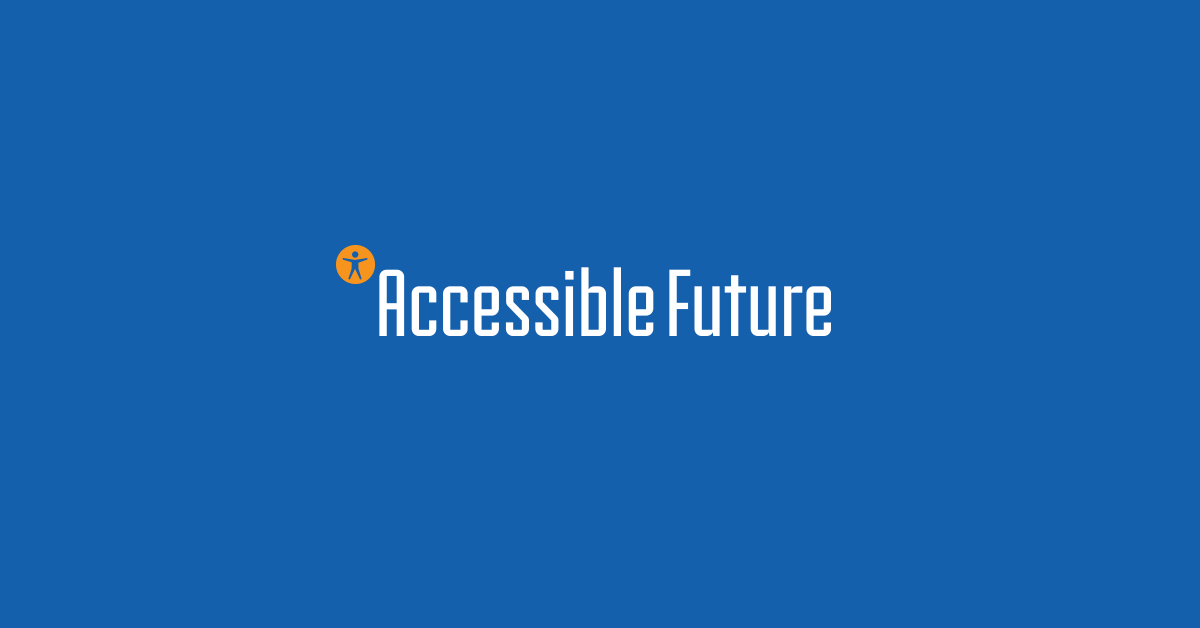Emory University hosted an Accessible Future workshop in April. A review of the workshop by Emory Center for Digital Scholarship (ECDS) postdoctoral fellow Anne Donlon appears today in the Journal for Interactive Technology & Pedagogy (JITP).
The Accessible Future workshop urged participants to make digital material accessible to audiences with visual, aural, and cognitive disabilities, and to advocate for accessibility at our universities. The two-day meeting at Emory was the fourth such workshop offered over the past year and a half, and was funded by the National Endowment of the Humanities Office of Digital Humanities. Jennifer Guiliano, George Williams, and Tina Herzberg organized the workshop, with Clay Jeffcoat, Jeremy Boggs, James Smith, and Cory Bohon also leading presentations. Attendees at Emory included faculty, graduate students, curators, librarians, instructional designers, and an Office of Disability Services staff person. Participants entered the workshop with diverse experiences in accessibility practices and knowledge of disability studies. But, judging from reactions during the workshop, they were united in learning many new things that ranged across topics of screen readers, cognitive disability, Deaf culture, HTML, CSS, WordPress, and Omeka.
Conceiving of disability as a continuum of states that people move through, rather than a straightforward, medically-defined binary of disabled or not, the presenters taught us methods to make digital content accessible. A wide range of potential audiences–not only people with diagnosed limitations of sight, hearing, attention, or mobility–can benefit from increased use of white space, transcripts, headings, and careful inclusion of images. If we pay attention to accessibility concerns, that effort can improve the overall design and composition of our online writing and projects. However, if we fail to make ourselves aware of the implications of our design decisions, audiences with certain disabilities will not be able to reach the material that we intend to circulate to a public.
Read the full review, including “Practices to Implement,” on JITP.
